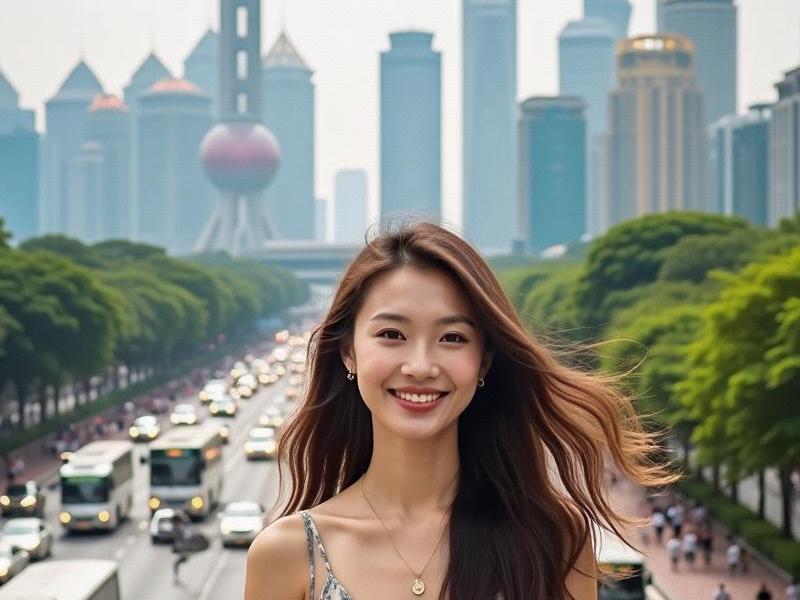
Section 1: Historical Context
1. Early 20th Century:
- Qipao fashion revolution
- Haipai (Shanghai-style) beauty ideals
- Western cosmetic influences
2. Socialist Era Transformations:
- Mao suit uniformity period
- Post-reform fashion awakening
- 1990s beauty pageant controversies
Section 2: Contemporary Beauty Landscape
1. Industry Analysis:
- Luxury cosmetic market growth
新上海龙凤419会所 - Medical aesthetics boom
- Local beauty brands innovation
2. District-Specific Trends:
- Xintiandi fashionistas
- Jing'an professional styles
- Former French Concession bohemians
Section 3: Cultural Influences
1. Western vs Eastern Ideals:
- Double eyelid surgery debate
- Skin whitening product controversies
- Body positivity movements
上海贵族宝贝自荐419 2. Generational Shifts:
- Post-90s vs Post-00s perspectives
- Feminist consciousness
- LGBTQ+ representation
Section 4: Economic Dimensions
1. Beauty Economy:
- Influencer marketing
- Livestream shopping trends
- Luxury brand collaborations
2. Career Impacts:
- Corporate appearance standards
- Entrepreneur success stories
上海私人外卖工作室联系方式 - Workplace discrimination cases
Section 5: Technological Disruption
1. Digital Transformation:
- Beauty filter phenomena
- AI makeup applications
- Virtual influencer trends
2. E-Commerce Revolution:
- Tmall beauty sales data
- Cross-border purchasing
- Customized cosmetic tech
Conclusion: Shanghai's Beauty Paradox
As China's fashion capital, Shanghai women navigate complex intersections of tradition and modernity, creating hybrid beauty expressions that reflect the city's unique position between East and West while challenging conventional gender norms.
